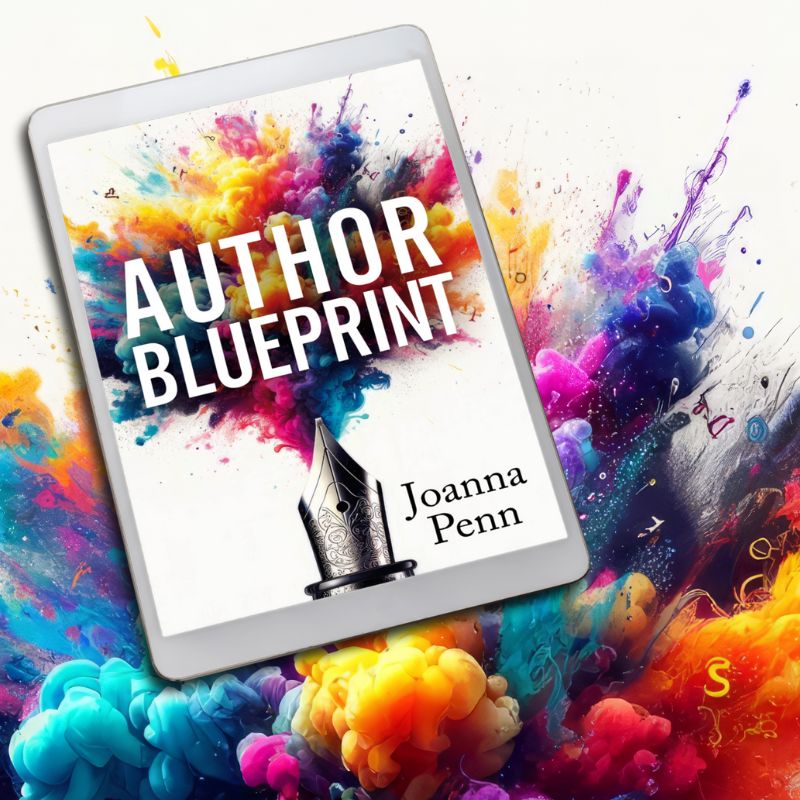“Non-fiction requires enormous discipline. You construct the terms of your story, and then you stick to them.” Barbara Kingsolver
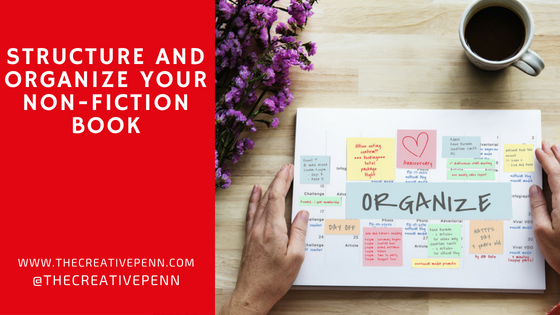 Although non-fiction books don't contain the classic narrative arc of novels, they still need to take the reader on a journey of understanding. You can't jump around as you'll end up confusing the reader and that is the cardinal sin.
Although non-fiction books don't contain the classic narrative arc of novels, they still need to take the reader on a journey of understanding. You can't jump around as you'll end up confusing the reader and that is the cardinal sin.
As thriller author, Jeffrey Deaver once said, “The reader is god.” You need to please the reader if you want more sales, more reviews and more lives changed.
I’ve often found that the structure of my non-fiction books only falls into place once I have written quite a few chapters. I’ll have lots of placeholders that disappear, are absorbed into other chapters or expanded into new sections. So, don’t worry if you’re struggling with structure.
You don’t need to nail it up front, just be aware of it, and keep iterating as you write.
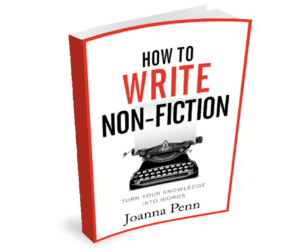 This is an excerpt from How to Write Non-Fiction: Turn Your Knowledge into Words by Joanna Penn. Available in ebook, print, audiobook and workbook formats.
This is an excerpt from How to Write Non-Fiction: Turn Your Knowledge into Words by Joanna Penn. Available in ebook, print, audiobook and workbook formats.
Think in Parts or Sections First
These broad categories will help you fill in the blanks later. For How To Write Non-Fiction, it was obvious that I needed a section on Before you Write, then one on the actual writing, then publishing and then marketing. That is a clear linear progression for this book and your journey as an author.
For The Healthy Writer, we struggled on the order of the chapters until late in the writing process when it became clear that the transformation was from Unhealthy to Healthy Writer. We structured the book into those two main parts, and then everything fell into place.
Outline your draft Table of Contents
Now you have your specific topic and a lot of research notes, it's time to start outlining your table of contents. You've gone wide with a lot of ideas, but now you need to bring the content back to what will be relevant for this particular book.
You'll likely cut a lot of your material out, and some of your ideas might even end up in another book. When I wrote Business for Authors: How to be an Author Entrepreneur, I had a whole load of ideas on the psychology of writing. But that section ended up growing so big that I carved those chapters out and they became the seed of The Successful Author Mindset.
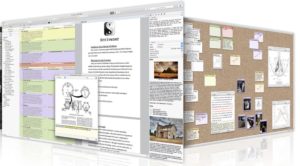 Whenever I get an idea for a book, I create a new Scrivener project and use the Binder area to add ideas for chapters. These are often just one-liners when I start out, but then I hone the Table of Contents from those initial thoughts. Scrivener enables you to drag and drop chapters, which makes re-ordering them super-easy.
Whenever I get an idea for a book, I create a new Scrivener project and use the Binder area to add ideas for chapters. These are often just one-liners when I start out, but then I hone the Table of Contents from those initial thoughts. Scrivener enables you to drag and drop chapters, which makes re-ordering them super-easy.
Of course, you can use MS Word, Google Docs, another word processing program, or spreadsheets. Whatever works for you.
You could also use mind mapping, a visual way of organizing information. Start by writing the main topic in the middle of the page and then brainstorm outwards, creating hierarchical branching trees that go deeper into each sub-topic. There are lots of different software options for mind mapping, but you can also just use pen and paper to get the ideas flowing.
If you prefer to talk through your ideas, try dictation. Or you could ask someone to interview you on your chosen topic, and use the transcript as the basis for your Table of Contents.
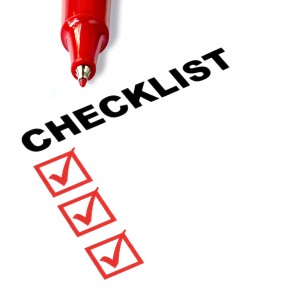 However you choose to work, you’ll need to come up with a coherent list of chapters. You can change the order later, so at this stage, just make a list of all the different topics under your sections.
However you choose to work, you’ll need to come up with a coherent list of chapters. You can change the order later, so at this stage, just make a list of all the different topics under your sections.
Use sub-headings
If you want to take your organization a step further, you can use sub-headings within each chapter to split the material into easily digestible chunks. Many non-fiction readers skim through books, looking for the most pertinent and useful sections, and sub-headings help the reader find what they’re looking for.
Other sections to consider
At this stage, you can use placeholder headings to collect other material and ideas. This can be firmed up later as you work through the book, but it's a good idea to make sure you collect it all along the way.
You might want to include extras like case studies, checklists, exercises, downloadable audio or workbook pages, images, illustrations and other extras. These can be self-contained in the book or you can include links back to your website for multi-media.
Resources, bibliography and references. Keep a list as you go so it’s not a nightmare to collect at the end. Trust me, I know all about that!
Foreword and blurb quotes
You certainly don't need a foreword. But if you do want one and have someone in mind, then make sure you ask them well in advance. The same goes for blurb quotes. Just ask in advance and keep a note of people to contact later.
Acknowledgments
This is where the author credits the people who helped bring the book into being, so keep a list of people you work with along the way so you can pull it together later.
Author bio
Your credentials and experience, or whatever makes you interesting.
Email list sign-up
You want to be able to capture people's email addresses so you can contact them later for marketing reasons, or when you have a new book. [For more on that, check out my author website tutorial here.]
Consider what you will offer at the end of the book to entice them to sign up, or whether you have something extra as part of the book e.g. downloadable audio.
By now, you should have a list of chapters that you need to fill in.
This is an excerpt from How to Write Non-Fiction: Turn Your Knowledge into Words by Joanna Penn. Available in ebook, print, audiobook and workbook formats.
Need more help?
 If you'd like some more help on your author journey, check out:
If you'd like some more help on your author journey, check out:
- My Books for Authors, including How to Write Non-Fiction
- My Courses for Authors, including How to Write Non-Fiction, and How to Write a Novel
- The Creative Penn Podcast, interviews, inspiration and information on writing, publishing, book marketing and creative entrepreneurship every Monday
- My videos at YouTube.com/thecreativepenn

